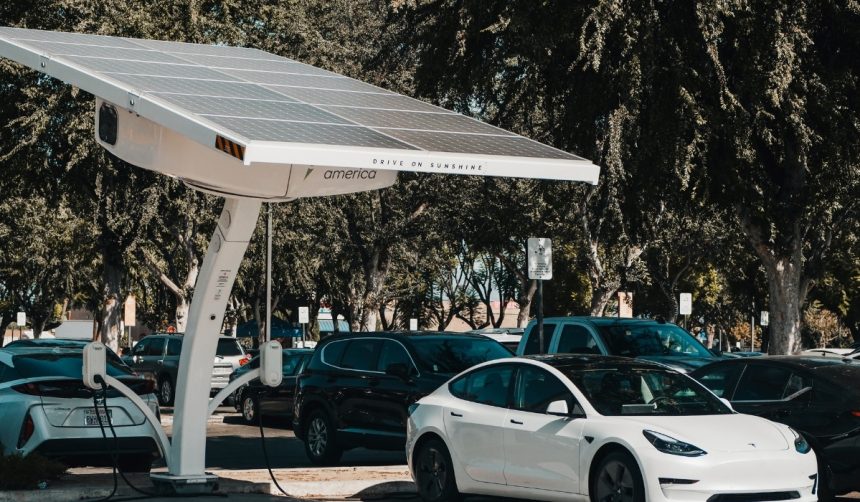Tesla drivers may soon interact with their vehicles in new ways as the company prepares to release a screenshare feature in upcoming Software Update 2025.38. Observations from software investigations indicate that this feature will allow remote viewing of the car’s center touchscreen, bridging owners and support staff with direct access to in-car interfaces. Early speculation suggests this technology may change how Tesla vehicles are serviced and monitored, especially as remote operation and support grow more important. Users and security experts are eager to better understand how access will be protected, as initial details note a four-digit pin for security.
There have been earlier discussions about remote diagnostics in the automotive industry, but Tesla’s implementation through direct screensharing from the central car display marks a distinct move from previous technical support tools. Earlier reports primarily focused on over-the-air diagnostics and telecommunications, with no indication of live center screen viewing for support or content creation. Comparatively, Apple has applied similar remote viewing for technical support, but Tesla introduces the idea in the context of vehicle support and driver-assist technologies. This addition comes at a time when other automakers are expanding real-time connectivity features, but not necessarily to the extent of user interface sharing.
How Does Screenshare Work in Tesla Vehicles?
The screensharing service is designed to send the content of Tesla’s center touchscreen to an external device, after the user authorizes access. Upon activation, a notification appears on the car’s screen and a unique four-digit pin is generated, intended to link the session securely. According to information revealed in software code, both Intel and AMD chip users will have access to this functionality.
What Problems Could Screenshare Solve for Tesla Owners?
Tesla appears to be considering this tool for remote technical support, similar to Apple’s use of remote screen access to help users troubleshoot or learn features. Allowing service staff to view a customer’s screen directly could streamline diagnostics, reduce miscommunication, and minimize the time required for in-person service visits. This could be particularly useful in vehicles equipped with Full Self-Driving capability or for handling issues related to driver visualization.
Will Screenshare Support Tesla’s Robotaxi Plans?
As the company prepares for the rollout of its Robotaxi, the capability to access and monitor screen content remotely could play a role in managing rider inquiries or technical issues without having staff physically present. Tesla states,
“We’re continuously exploring ways to enhance driver and support experiences, especially for future mobility solutions.”
This mirrors shifts in support strategies across the tech sector, where remote assistance is becoming vital for large-scale and autonomous operations.
Details about security measures remain a concern among owners, as the initial system relies on a simple four-digit pin. Tesla has commented,
“Privacy and security remain a top priority as we expand connected car capabilities.”
The company is expected to elaborate on access protocols and use cases as the update approaches its official release. Observers note that expanding availability to both AMD and Intel-based systems improves accessibility for a wider range of Tesla models.
As car technologies evolve to focus on connectivity and software-driven features, screensharing stands out for its potential impact on customer support, diagnostics, and even content creation related to driving experiences. While this may introduce questions regarding digital security, it may also provide an effective channel for troubleshooting, software demonstrations, or user education—an approach that could be refined over time according to feedback. Owners considering the benefits should weigh the improved support options against privacy considerations and monitor company updates for further clarifications. As more automakers blend vehicles with remote and digital services, understanding the details of such features will help users make informed choices about in-car technology use.










